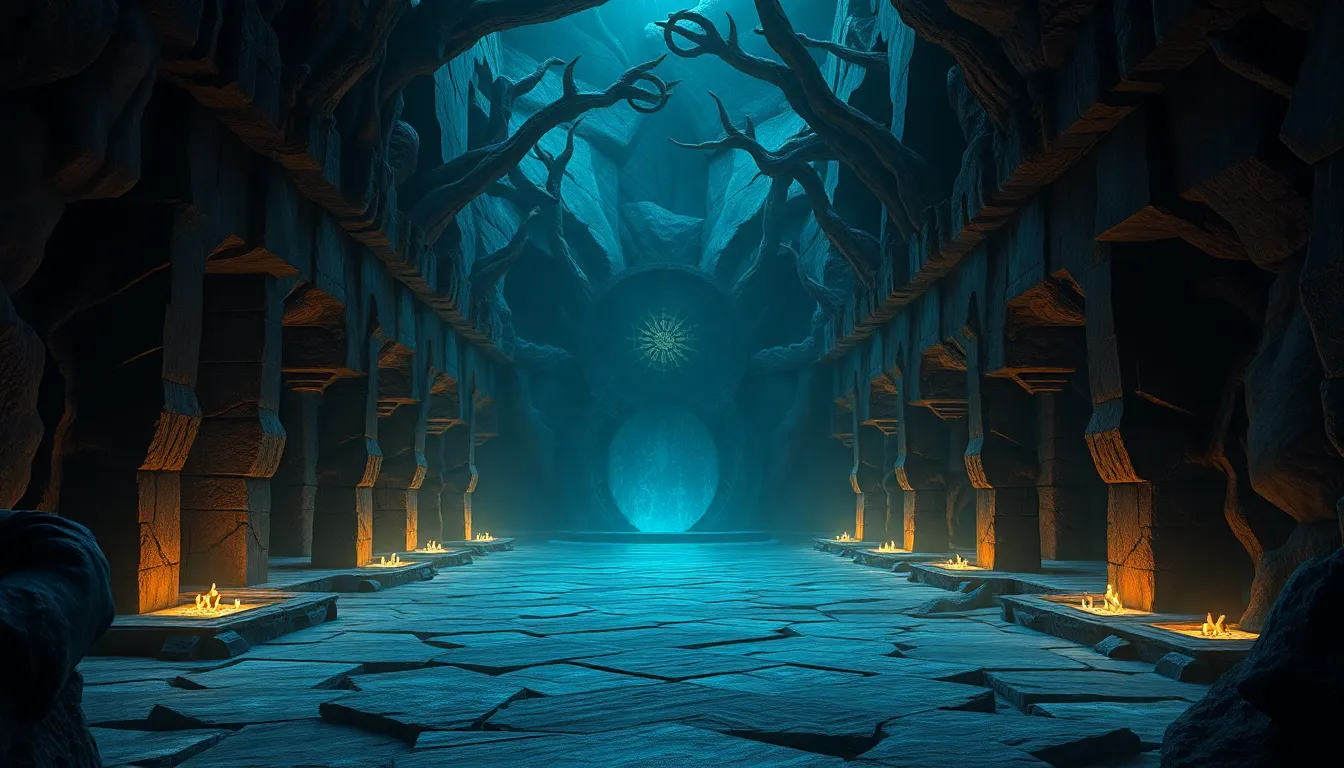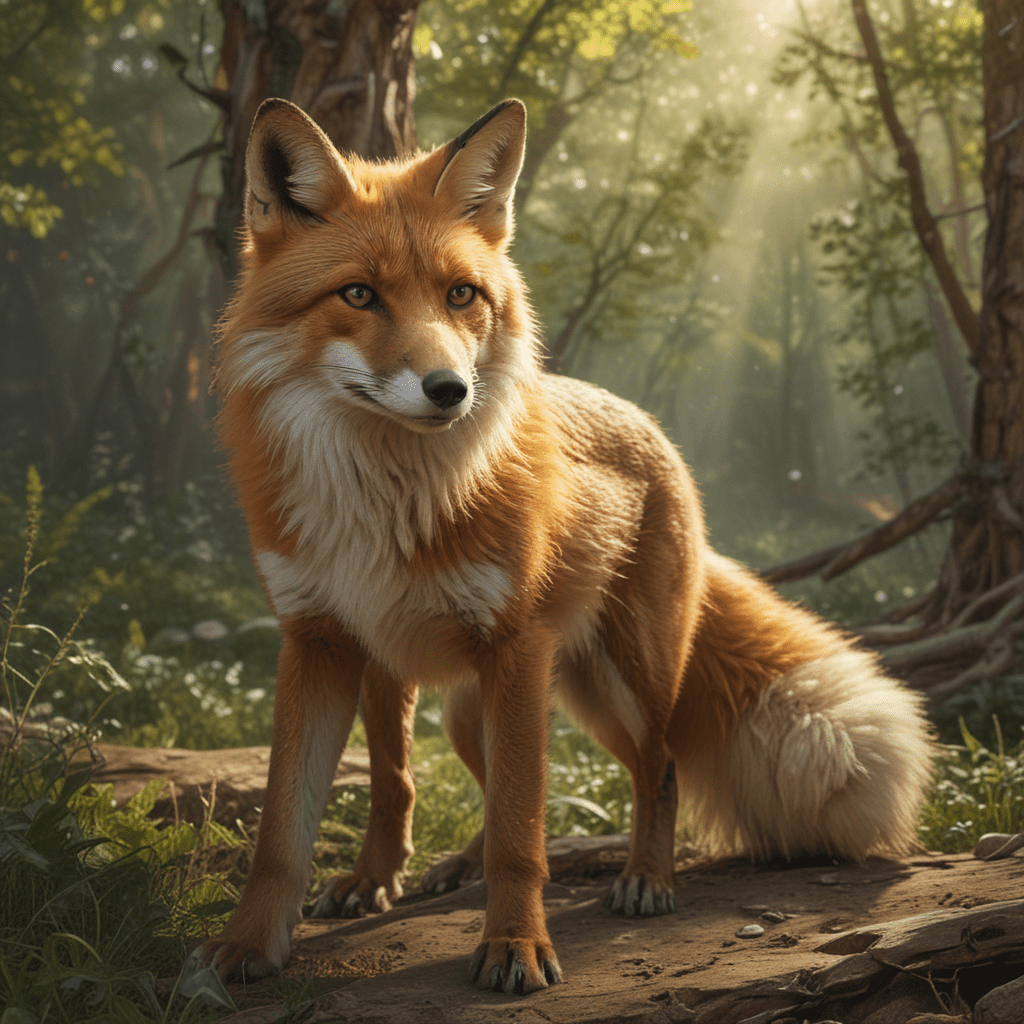Legends of the Underworld: The Myths That Define Our Afterlife
I. Introduction
The concept of the Underworld has intrigued humanity for millennia, manifesting in various forms throughout different cultures. The Underworld often serves as a realm where souls go after death, representing a significant aspect of human understanding of life, death, and what lies beyond. Myths surrounding the afterlife provide insights into societal values, ethical beliefs, and the mysteries of existence.
This article delves into the multifaceted nature of the Underworld across various cultures, exploring its characteristics, significant figures, and the moral implications these myths have on human history. We will journey through ancient Egyptian, Greek, Norse, Asian, and Indigenous beliefs, concluding with a look at modern interpretations of these age-old legends.
II. The Concept of the Underworld Across Cultures
While the specifics of the Underworld vary, certain characteristics are common across many cultures:
- A place where souls reside after death.
- A realm that reflects the moral actions of individuals during their lifetimes.
- A transition zone between life and an eventual rebirth or judgment.
Comparing Eastern and Western perceptions reveals fascinating contrasts:
- Eastern beliefs often focus on cycles of rebirth and karma, emphasizing moral balance.
- Western myths tend to emphasize judgment and the dichotomy between reward and punishment.
The Underworld plays a crucial role in shaping moral and ethical beliefs, often serving as a deterrent against wrongdoing and a motivational force for virtuous living.
III. Ancient Egyptian Afterlife: The Duat
The Duat, or the Egyptian Underworld, is a complex realm filled with challenges and significance. It is believed to be a place of both danger and potential reward for the deceased, where they navigate various trials in the afterlife.
Key figures in the Duat include:
- Osiris: The god of the afterlife, responsible for judging the souls of the departed.
- Anubis: The god who guides souls through the Duat and oversees mummification.
The journey of the soul involves the famous weighing of the heart, where the deceased’s heart is placed on a scale against the feather of Ma’at, representing truth and justice. A heart lighter than the feather signifies a virtuous life, allowing the soul to enter the blissful Field of Reeds.
IV. Greek Myths: Hades and the Realm of the Dead
In Greek mythology, Hades is the name of both the god and his domain, which is often depicted as a dark and dreary place. The Underworld is divided into several regions, including:
- Elysium: A paradise for the virtuous.
- Tartarus: A deep abyss for the wicked and the damned.
Notable myths such as the story of Orpheus and Eurydice highlight the themes of love and loss, while the Twelve Labors of Heracles explore heroic feats that intersect with the Underworld. These stories illuminate the Greek understanding of life, death, and the moral consequences of one’s actions.
V. Norse Underworld: Hel and Valhalla
The Norse Underworld presents a duality between Hel, ruled by the goddess Hel, and Valhalla, the hall of the slain. Hel is often seen as a place for those who did not die gloriously in battle, while Valhalla is reserved for brave warriors chosen by Odin.
The significance of honor and bravery is paramount in Norse culture, influencing one’s fate in the afterlife:
- Warriors aspire to die in battle to achieve a place in Valhalla.
- Those who lead a less heroic life face the uncertain fate of Hel.
VI. The Underworld in Asian Mythologies
Asian mythologies present a rich tapestry of beliefs regarding the afterlife. In China, the concept of Diyu, or the Chinese Underworld, serves as a place of judgment, where souls are evaluated based on their earthly deeds.
In Japan, Yomi is the land of the dead, where souls reside after death, often believed to be a dark, shadowy realm. The cyclical nature of death and rebirth is emphasized in these beliefs.
Hinduism introduces the concept of Naraka, a place of purification before reincarnation, reflecting the belief in karma and the cycle of life, death, and rebirth.
VII. Indigenous Beliefs: The Spirit World
Indigenous cultures, particularly among Native American tribes, possess a diverse array of beliefs about the afterlife. The Spirit World is often viewed as a continuation of life, where ancestors guide the living.
Key aspects include:
- Beliefs in the interconnectedness of all beings.
- The significance of dreams and visions in connecting with the spirit world.
- Variations among tribes, each with unique stories and interpretations of the afterlife.
VIII. The Modern Interpretation of Underworld Myths
Ancient myths continue to influence contemporary literature and media, shaping narratives around death and the afterlife. Stories often draw parallels between the struggles of characters and the trials faced in ancient Underworlds.
Psychologically, beliefs about the afterlife can provide comfort, helping individuals cope with loss and mortality. The Underworld also serves as a metaphor for personal struggles, representing inner conflicts and the journey toward redemption or enlightenment.
IX. The Role of Rituals and Practices in Afterlife Beliefs
Funerary practices across cultures reflect deep-seated beliefs about the afterlife. These rituals serve not only to honor the deceased but also to assist them in their journey:
- Ancient Egyptians practiced elaborate burial rites to ensure safe passage to the Duat.
- Greek funerals often included offerings to the dead to appease their spirits.
In modern societies, the evolution of these rituals has adapted to contemporary beliefs, yet the core purpose remains: to acknowledge the significance of death and to celebrate the lives of those who have passed. The impact of these rituals continues to shape cultural identities and communal bonds.




